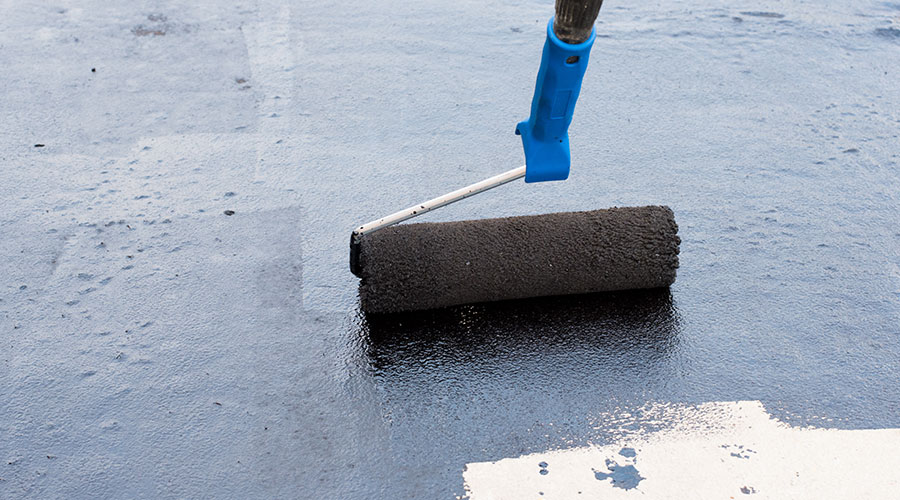How to Optimize Roof Performance with Timely Repairs
Annual inspections and preventive maintenance are musts for keeping the roof in tip-top shape.
Fall weather got a little strange in some parts of the country, and with everything else that’s been going on, the roof preventive maintenance might have slipped down the schedule. But don’t despair. While most major commercial roofing work occurs in the spring and fall, the winter can still be a good time to begin evaluating and planning on breathing new life into an existing roof without having to undergo the expense of a brand new one. While each type of roofing system has its own lifespan and repairability, there are common steps that facility managers can take to determine how to keep a roof as close to new condition as possible.
Best practice calls for facility managers to have roof systems evaluated by a knowledgeable person each year at the change of major seasons, says David Hawn, member of SPRI and president of Dedicated Roof and Hydro Solutions. Because conditions in winter months, for many locations, restrict the ability to make a quality roof repair, both spring and fall rooftop evaluations are advised.
“The fall evaluation to prepare for winter, is best performed near the time of the first hard freeze allowing for most tree-leaf drop to occur,” Hawn says. “That timing allows for leaf and debris removal, not just relocation, to assure the roof will drain properly.”
The first thing for the fall evaluation should be to check all drainage points (drains, scuppers, gutters, overflows) to ensure they are not blocked with any debris. If checked in early winter, accessing the roof safely might not yet be an issue due to weather, says Chadwick Collins, Asphalt Roofing Manufacturers Association technical director.
After checking that the roof can drain properly, look for any signs of ponding water away from the draining areas. An obvious sign of trouble is usually a discoloration ring to indicate regular and repeating ponding occurrences.
Next, while making sure to observe necessary safety guidelines, walking the roof can help to identify “soft spots” in the roof. These “soft spots” may indicate a breakdown of material under the roof, which could be related to water intrusion through the roof assembly.
“It is a best practice to note the location of these spots and correlate them with the building interior to determine if they correspond to any signs of water entry,” Collins says. “With the caveat that the roof covering itself is still in good condition, a focused repair (removal of damaged material and replaced with like materials) on the areas in question are all that would likely be needed for these areas.”
In addition to inspections for moisture or debris-related issues, wind-related wear or damage can often be identified and repaired. Hawn recommends checking the perimeter and flashings utilized when possible to determine if securement remains intact. These junctures between the roof and vertical surfaces are crucial to the successful water-shedding performance of the roofing system, Collins says. Check for loose coping or fascia, loose or missing splice plates, opened seams, and look for vacant fastener holes. Gutter and downspout straps which are loose or detached should be identified.
“Maintenance items such as exposed caulk or sealant on term bars or flashings should also all be reviewed for UV deterioration. These items often serve as the first line of defense from wind or driven rain in preventing damage to larger areas of your system,” Hawn says.
In addition, during this walk, observing the condition of the surface of the roof covering is key to assessing the overall roof assembly. “Regardless if the roof is single-ply or asphaltic, if the reinforcement fibers of the roof covering are visible, the roof is likely approaching the end of its useful life cycle,” Collins says. In this case, roof replacement or roof recover rather than repair is likely the best path forward.
Another important item to consider is the local building code. Some building codes have language that if a repair is large enough (in terms of area of the whole roof – e.g. 25 percent), the code requires bringing the entire roof into compliance with all requirements of the code. Understanding the local code is necessary to determine if the scope of a repair is actually large enough to justify approaching a re-roofing solution instead.
Hiring a roof consultant, preferably a Registered Roof Consultant (RRC), for these evaluation efforts often adds value. That’s because a knowledge of materials, systems, warranties, and both repair and preventive measures can be determined without bias for specific material or methods.
Related Topics:













